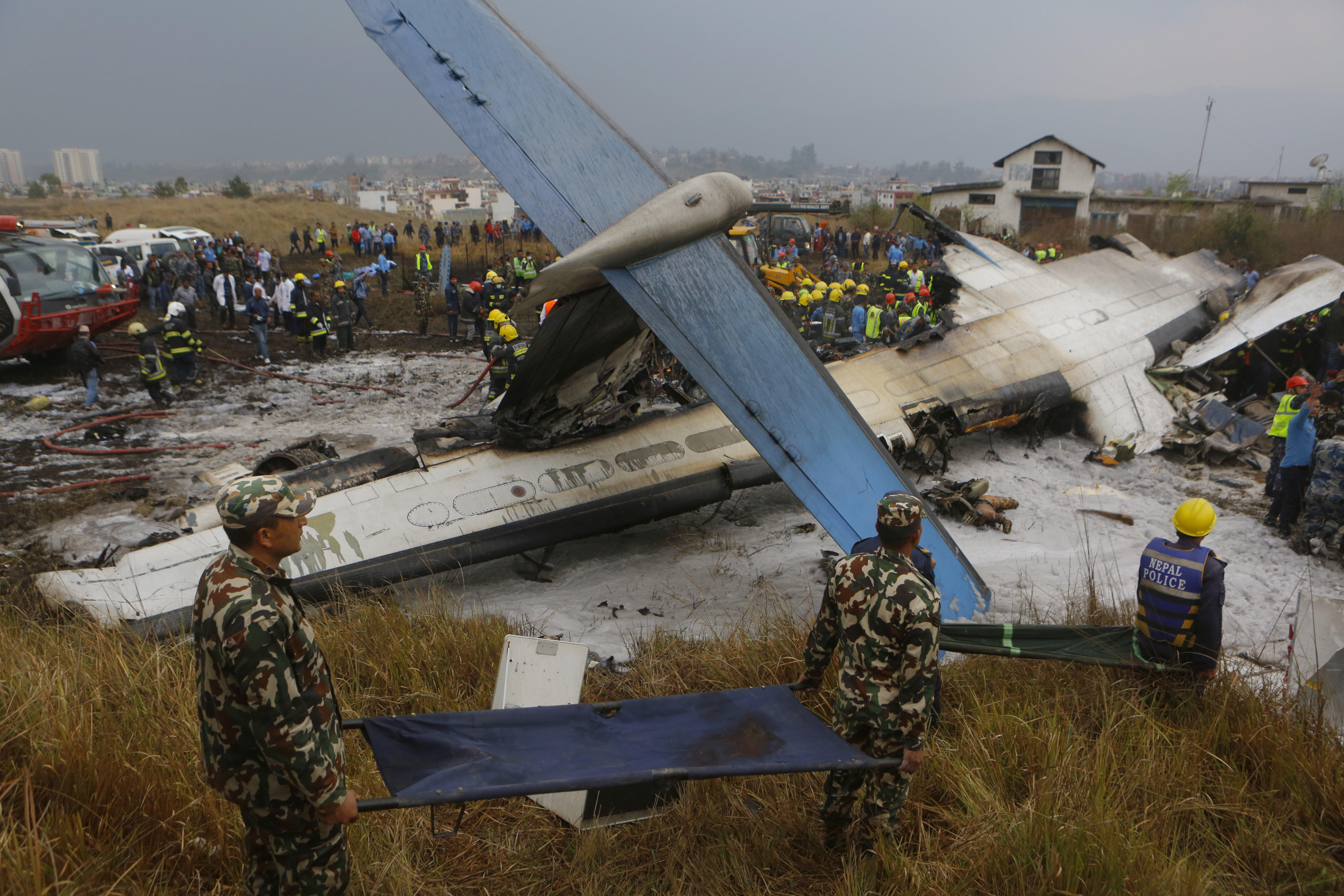Nepal's Skybound Risks - Unpacking the Causes of Plane Crashes

Nepal's rugged terrain and unpredictable weather conditions have made it a challenging environment for aviation. The country has experienced a number of plane crashes in recent years, resulting in significant loss of life. This article delves into the reasons behind these accidents, examining factors such as pilot error, mechanical failure, and infrastructure shortcomings.
Terrain-Induced Turbulence
Nepal's mountainous landscape creates unique challenges for pilots. Turbulence and wind shear can be severe, making it difficult to maintain control of the aircraft. The country's geography also limits access to some airports, forcing planes to fly through narrow valleys and mountain passes.
Pilot Error and Training
Pilot error has been cited as a contributing factor in several Nepalese plane crashes. Inadequate training and experience can lead to poor decision-making, particularly in high-stress situations. The country's aviation authorities have been working to improve pilot training programs and enhance safety standards.
Mechanical Failure and Maintenance
Substandard maintenance and mechanical failure have also played a role in Nepalese plane crashes. The country's aviation industry has faced criticism for inadequate maintenance practices and a lack of investment in modern aircraft.
Infrastructure Shortcomings
Nepal's airport infrastructure is often inadequate, with limited facilities and equipment. This can exacerbate the risks associated with flying in the country's challenging environment.
Weather-Related Risks
Unpredictable weather conditions, including fog, thunderstorms, and snow, can make flying in Nepal hazardous. Pilots must be able to navigate through treacherous conditions, and weather forecasting systems need to be improved to provide accurate and timely warnings.
Regulatory Oversight and Safety Standards
The Nepalese government has faced criticism for inadequate regulatory oversight and safety standards. Efforts are being made to strengthen safety protocols and ensure compliance with international standards.
In Conclusion: A Call to Action
The causes of plane crashes in Nepal are complex and multifaceted. Addressing these issues will require a concerted effort from the government, aviation authorities, and industry stakeholders. By prioritizing safety and investing in infrastructure, training, and maintenance, Nepal can reduce the risks associated with flying and make its skies safer for all.










Comments ()